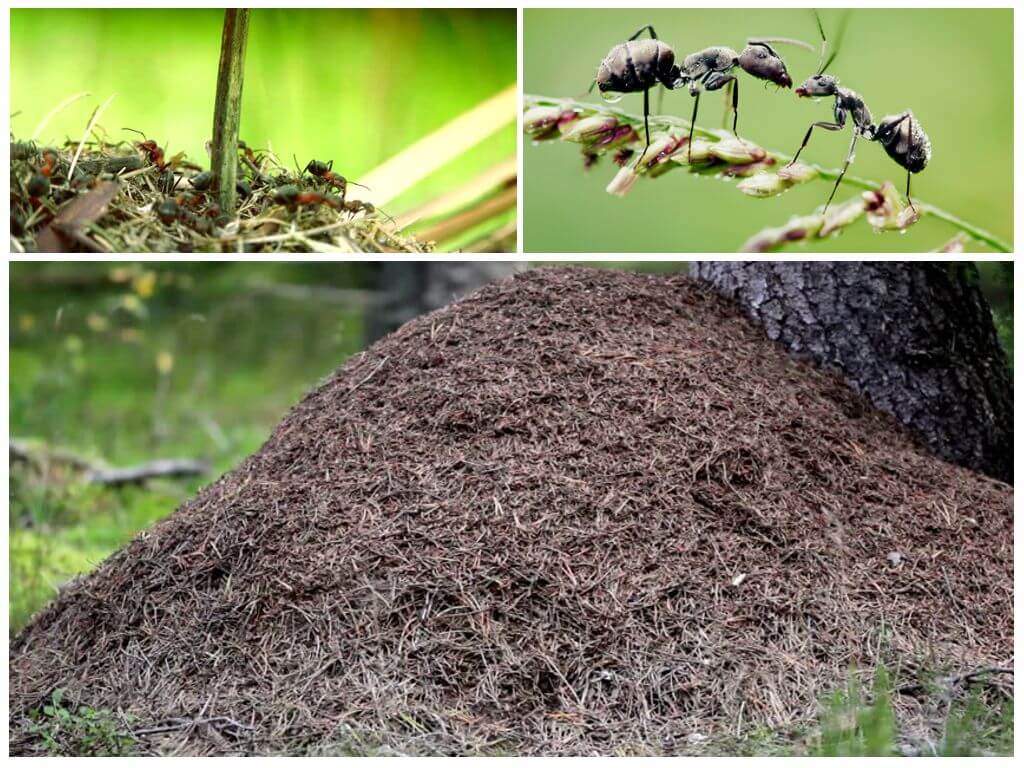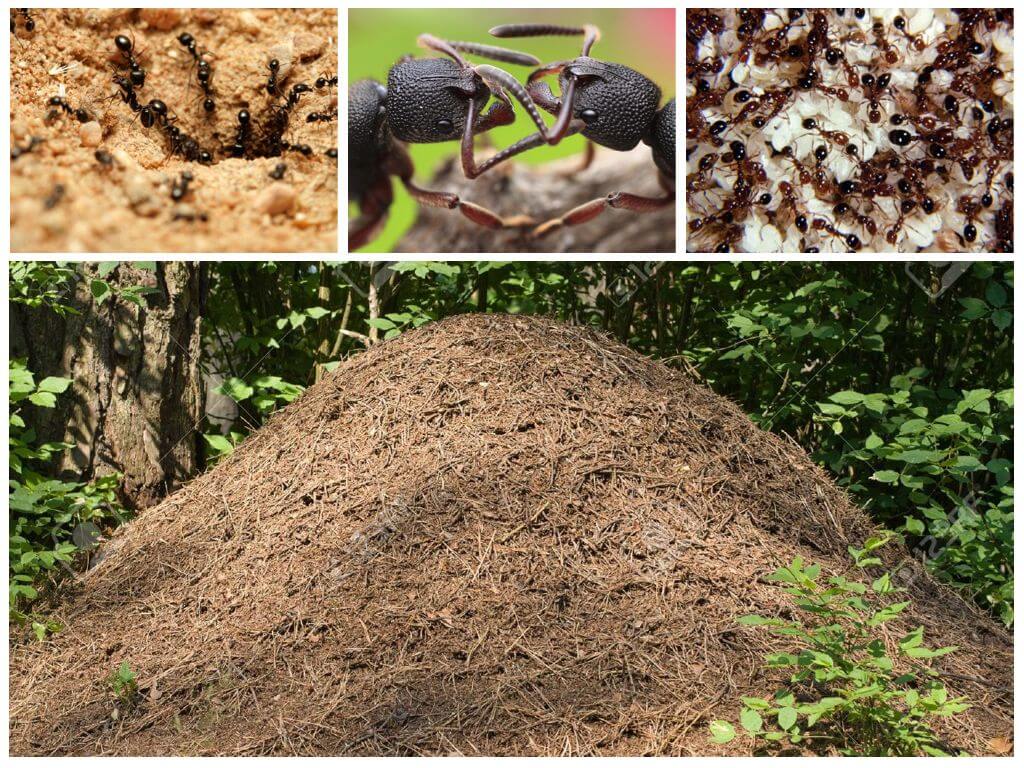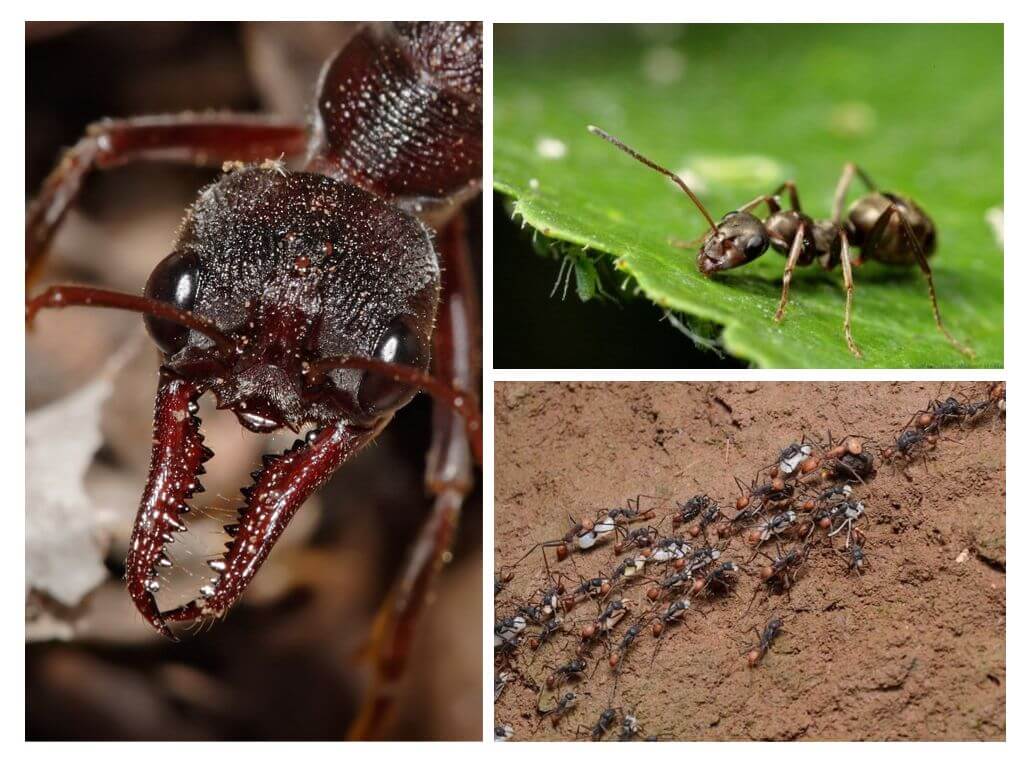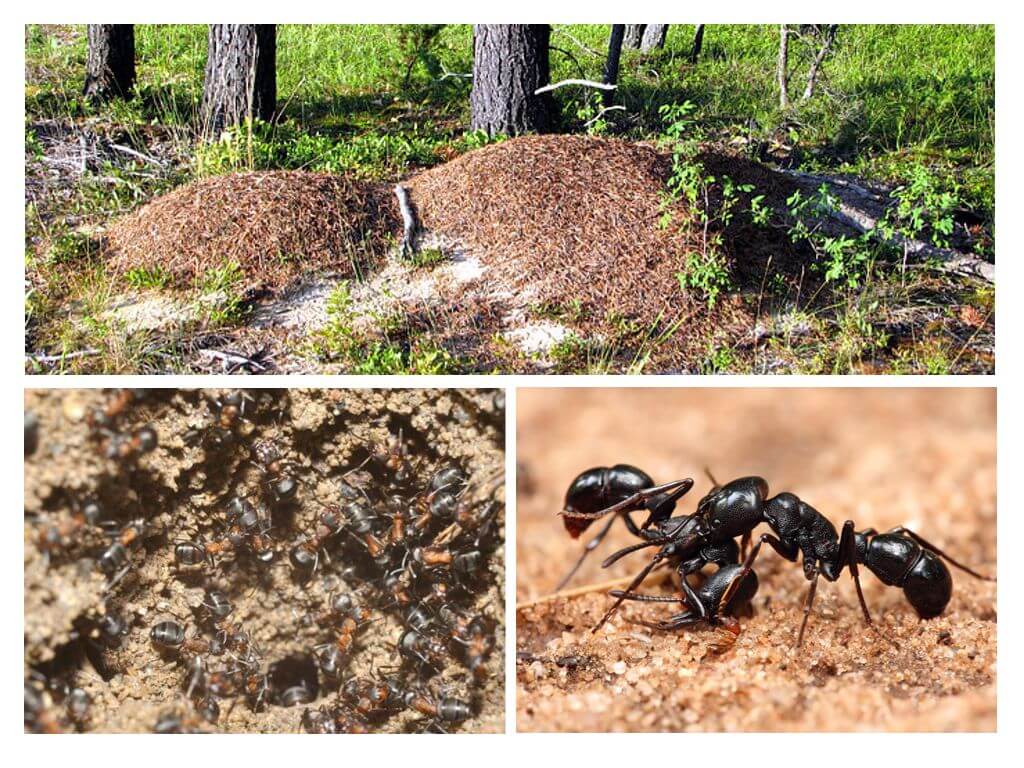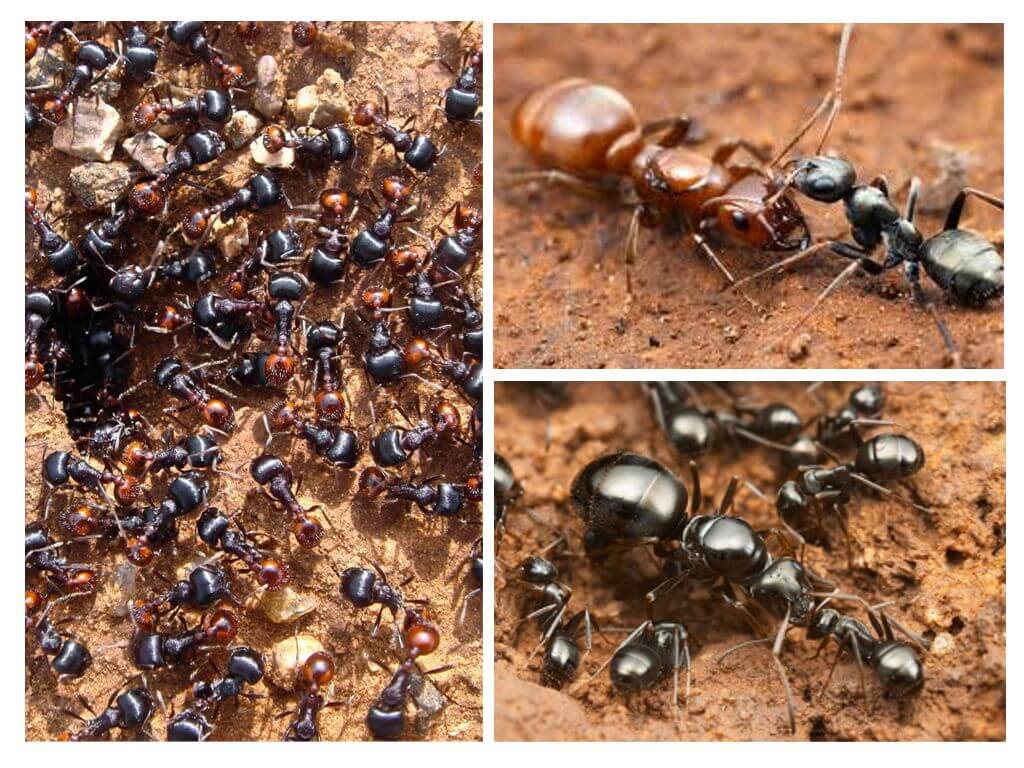Where is the anthill
There is little sunlight in the forest. Warm rays barely make their way through the dense foliage of trees. A ants are insects that love heat. Therefore, small workaholics are trying to get the maximum sunshine for the anthill.
They will build anthill in a place where there is a greater chance of getting heat. The trunk and crown give a powerful shadow, which means that the ant house needs to be placed where the tree does not interfere - on the south side.
On a note!
It is worth taking a compass to nature. He will tell you where is the right side of the world. Or you can check whether it is true that moss covers the north side, and the anthill is located closer to the south. Such an experiment will be useful to children. He will help them in the future to better navigate among the trees. If the child gets lost, he will be able to find the return path.
If the nest of insects is located in a clearing, then it is worth examining its slopes:
- the southern part is gentle;
- the opposite side will remain steep.
You need to remember how to navigate the anthill. But you should pay attention to other details. So, mushrooms grow from the north of the stump, and the berries redden faster from the south. A dark streak forms on the northern part of the pine, and the opposite side is covered with sticky resin. This knowledge will help you navigate more often and get out of it before dark.
